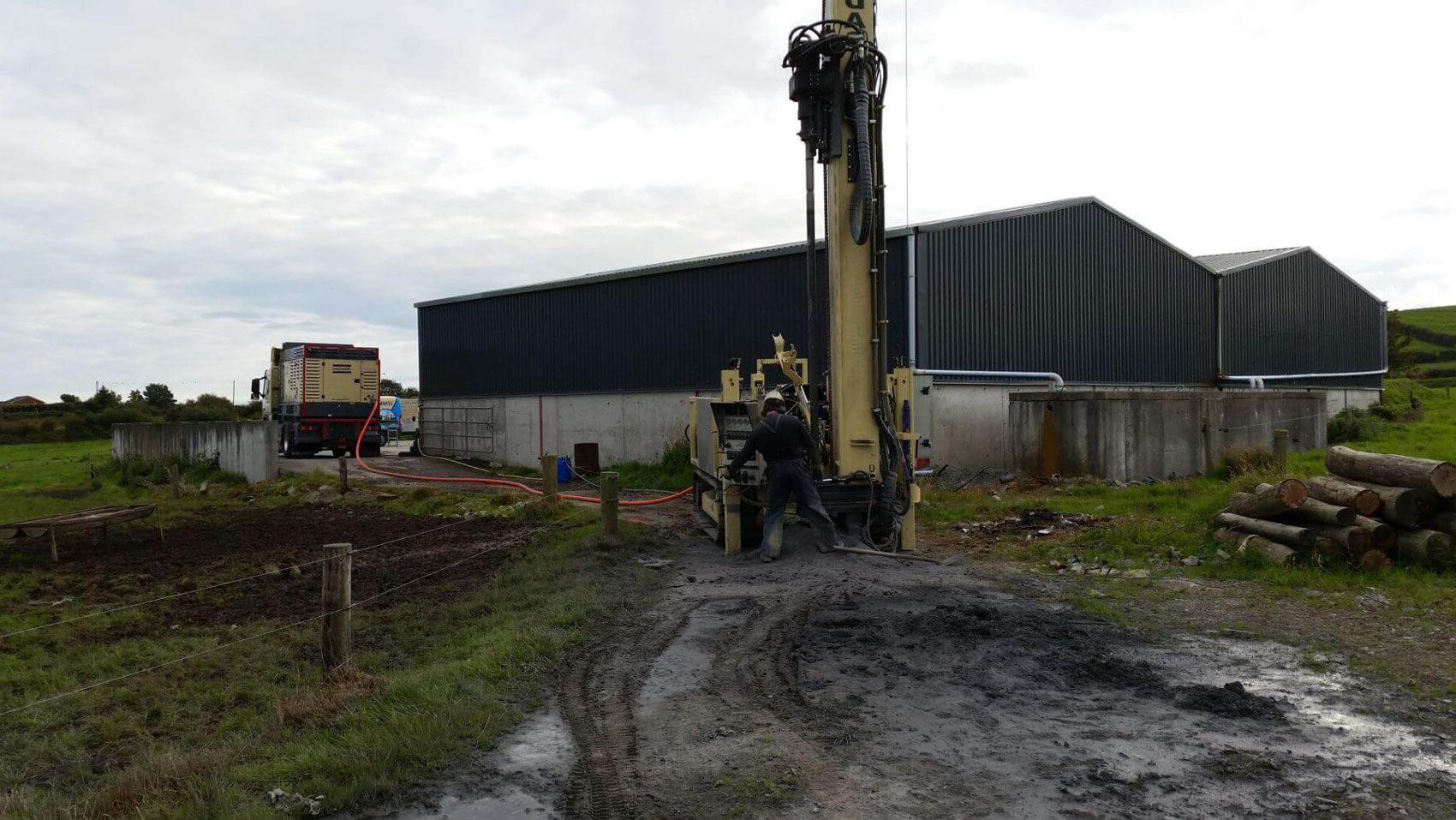Submersible Pumps
The submersible pump is a centrifugal pump. Because all stages of the pump end (wet end) and the motor are joined and submerged in the water, it has a great advantage over other centrifugal pumps. There is no need to recirculate or generate drive water as there is with jet pumps, therefore, most of its energy goes toward “pushing” the water rather than fighting gravity and atmospheric pressure to draw water. Virtually all submersibles are “multi-stage” pumps. All of the impellers of the multi-stage submersible pump are mounted on a single shaft and all rotate at the same speed. Each impeller passes the water to the eye of the next impeller through a diffuser. The diffuser is shaped to slow down the flow of water and convert velocity to pressure. Each impeller and matching diffuser is called a stage.
As many stages are used as necessary to push the water out of the well at the required system pressure and capacity. Each time water is pumped from one impeller to the next, its pressure is increased. The pump and motor assembly are lowered into the well by connecting piping to a position below the water level. In this way, the pump is always filled with water (primed) and ready to pump. Because the motor and pump are underwater they operate more quietly than above ground installations and pump freezing is not a concern. A.Y.
Numerous pumps have 1/2 HP ratings – pumps that are capable of pumping different flows at different pumping levels; they will, however, always be limited to 1/2 HP. Another way to look at it is that a pump will always operate somewhere along its design curve. To get more flow, the exit width of the impeller is increased and there will then be less pressure (or head) that the pump will develop because there will be fewer impellers on a given HP size pump. Remember, the pump will always trade-off one for the other depending on the demand of the system. If the system demands more than a particular pump can produce, it will be necessary to go up in horsepower; thereby, allowing more impellers to be stacked or to go to a different design pump with wider impellers.
Centrifugal Pumps
A centrifugal pump is not positive acting. As the depth to water increases, it pumps less and less water. Also, when it pumps against increasing pressure it pumps less water. For these reasons, it is important to select a centrifugal pump that is designed to do a particular pumping job. For higher pressures or greater lifts, two or more impellers are commonly used; or a jet ejector is added to assist the impellers in raising the pressure.
A centrifugal pump is a very simple design. The only moving part is an impeller attached to a shaft that is driven by the motor. The two main parts of the pump are the impeller and diffuser. The impeller can be made of bronze, stainless steel, cast iron, polycarbonate, and a variety of other materials.
A diffuser or volute houses the impeller and captures the water off the impeller. Water enters the eye of the impeller and is thrown out by centrifugal force. As water leaves the eye of the impeller, a low-pressure area is created, causing more liquid to flow toward the inlet because of atmospheric pressure and centrifugal force. Velocity is developed as the liquid flows through the impeller while it is turning at high speeds on the shaft. The liquid velocity is collected by the diffuser or volute and converted to pressure by specially designed passageways that direct the flow to discharge into the piping system, or on to another impeller stage for further increase of pressure. The head or pressure that a pump will develop is in direct relation to the impeller diameter, the number of impellers, the eye or inlet opening size, and how much velocity is developed from the speed of the shaft rotation. Capacity is determined by the exit width of the impeller. All of these factors affect the horsepower size of the motor to be used; as the more water to be pumped or pressure to be developed, the more energy is needed.
